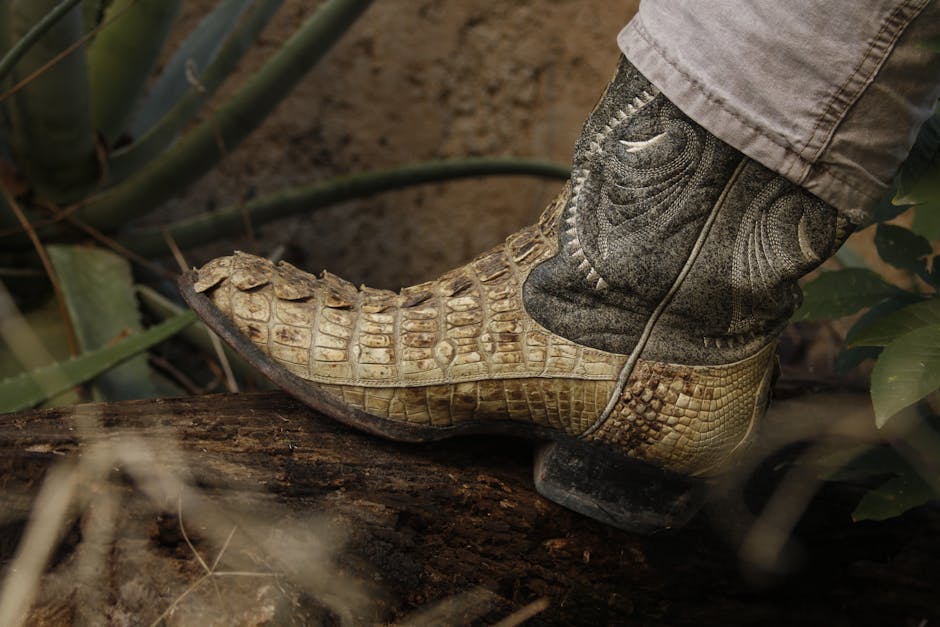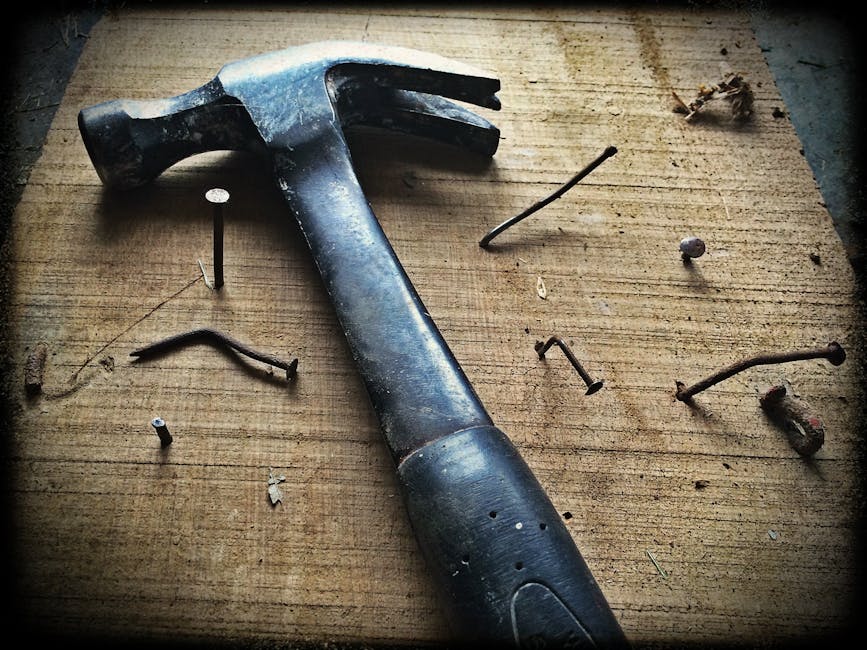Introduction
If you’ve found yourself wondering how much to resole boots, you’re not alone. Repairing worn-out soles can breathe new life into your favorite footwear while saving you money and reducing waste.
Quick Answer:
– Half-Sole Replacement: $25 – $85
– Full-Sole Replacement: $50 – $150
– Heel Replacement: $20 – $35
Resoling boots offers numerous benefits, and NuShoe is an expert in providing high-quality, sustainable repair services. By choosing to resole your boots, you extend their lifespan, invest in your comfort, and contribute to a healthier environment.
Boots often hold memories and molded comfort unique to your feet. Whether they’re cowboy boots, hiking boots, or high heels, experienced cobblers like those at NuShoe ensure that your boots emerge from their workshop as good as new. With over two decades of expertise, NuShoe uses premium materials and meticulous craftsmanship to guarantee satisfaction.
Looking for more details on the costs and benefits of resoling? Scroll down to dive deeper into understanding boot repair.

The Cost of Resoling Boots
When it comes to how much to resole boots, the price can vary widely. Several factors influence the cost, including the type of materials used, the extent of labor required, the type of boots, and the degree of damage.
Average Cost of Boot Resole
Here’s a quick snapshot of what you might expect:
Half Sole: $30 – $70
Full Sole: $40 – $150
Heel Replacement: $55 – $120
These are broad ranges, and the actual cost can vary based on specific conditions and requirements.
Factors Influencing the Cost
Material Costs
The type of material used for the sole plays a significant role in the cost. Premium leather soles are typically more expensive than rubber or composite soles. Leather offers durability and a classic look, but it comes at a higher price. Rubber soles are usually more affordable and offer excellent traction, making them a popular choice for work boots.
Labor
Labor is another crucial factor. Skilled cobblers spend hours meticulously removing old soles, assessing the insole, and attaching new ones. This labor-intensive process ensures your boots are restored to their former glory. The more complex the job, the higher the labor costs.
Types of Boots
Different boots come with different resoling needs. For instance, cowboy boots often require specialized skills and materials, making them more expensive to resole. Work boots, especially those with steel toes or specialized features, can also drive up the cost due to the need for durable materials and intricate work.
Degree of Damage
The extent of the damage to your boots significantly affects the cost. Minor wear might only require a half sole, which is cheaper. However, if the damage is extensive, a full sole replacement or even additional repairs like stitching or heel replacement might be necessary, increasing the cost.

Detailed Cost Breakdown
Half Sole
A half sole replacement is usually the least expensive option, ranging from $30 to $70. This option is ideal for boots that have minor wear and tear.
Full Sole
A full sole replacement can cost between $40 and $150. This is often necessary for boots with significant damage or wear. For example, hunting boots with rubber rands can be on the higher end of this range.
Heel Replacement
Replacing the heel can cost anywhere from $55 to $120. The type of heel and the extent of the damage will determine the exact price. Heels that have detached from the boot entirely will generally cost more to replace.
Material
- Leather Soles: More expensive but highly durable. Ideal for dress boots and high-end footwear.
- Rubber Soles: Affordable and excellent for traction. Commonly used in work and hiking boots.
- Composite Soles: A mix of materials, offering a balance between cost and durability.
Labor
The more complex the repair, the higher the labor cost. Simple half sole replacements require less time and skill compared to full sole replacements or heel repairs.
Boot Type
- Cowboy Boots: Often require more specialized materials and skills, making them more expensive to resole.
- Work Boots: Durable materials and features like steel toes can increase the cost.
- Hiking Boots: Usually fall in the middle range, depending on the type of sole and extent of wear.
Degree of Damage
- Minor Wear: A half sole replacement is often sufficient, keeping costs lower.
- Significant Damage: Full sole replacements, additional stitching, and heel repairs can drive up the price.
By understanding these factors, you can better anticipate the costs involved in resoling your beloved boots. Up next, we’ll explore whether resoling is worth the investment and how it compares to buying a new pair.
Is Resoling Worth the Investment?
When your favorite boots start showing signs of wear, you might wonder if it’s worth investing in a resole. Let’s break down the financial, environmental, and emotional aspects to help you decide.
Comparing Costs: Resole vs. New Boots
Financial Benefits
Resoling your boots can save you a lot of money in the long run. While the initial cost of resoling can range from $80 to $150, the price of a new pair of quality boots can easily exceed $200. This means that resoling can extend the life of your boots for a fraction of the cost of buying new ones.
Cost of New Boots
High-quality boots can be expensive. For instance, a new pair of Thorogood work boots can cost between $400 and $600 annually if you replace them every year. Resoling, on the other hand, typically costs around $100 to $150 and can extend the life of your boots by several years.
Resole Savings
Over time, the cost per wear of resoled boots decreases, making it a financially sound decision. For example, if you resole a $200 pair of boots for $100 and extend their life by three years, you’re effectively saving hundreds of dollars compared to buying new boots each year.
Long-Term Value
Investing in resoling services not only saves money but also ensures that your boots remain comfortable and functional. A well-resoled boot can last you years, providing excellent long-term value.
The Environmental and Emotional Case for Resoling
Sustainability
In a world increasingly concerned with sustainability, resoling your boots is a great way to reduce waste. The shoe industry is a significant contributor to landfill waste, and by choosing to resole, you’re making an eco-friendly choice. At NuShoe, we are committed to promoting sustainability by giving new life to your old boots.
Sentimental Attachment
Boots often carry more than just monetary value—they hold memories. Whether it’s the pair that accompanied you on countless adventures or the boots you wore to special occasions, the sentimental value can be priceless. Resoling allows you to keep these cherished items in your life.
Environmental Impact
By resoling your boots, you’re not only saving money but also reducing your carbon footprint. The process of manufacturing new boots involves significant resource consumption and environmental impact. Resoling, on the other hand, uses fewer resources and reduces waste, making it a more sustainable option.
Finally, there’s the emotional aspect. Boots that have molded to your feet and carried you through various experiences are more than just footwear—they’re companions. Resoling lets you keep these trusted companions by your side, preserving the comfort and memories they offer.
In summary, resoling is not just a financially savvy choice but also an environmentally responsible and emotionally fulfilling one. Up next, we’ll discuss how often you should resole your boots to keep them in top condition.
How Often Should Boots Be Resoled?
Signs Your Boots Need Resoling
Knowing when to resole your boots can save you from unnecessary discomfort and expenses. Here are the key signs to watch for:
- Worn Tread: If the tread is worn down unevenly, it’s a clear indicator that your boots need attention.
- Weak Traction: Slipping more often? Reduced traction is a sign that the soles are losing their grip.
- Visible Damage: Any cracks, holes, or separation between the sole and the boot are immediate red flags.
Noticing these signs early can help you avoid bigger problems down the road.
The Consequences of Delaying Resoling
Ignoring the signs that your boots need resoling can lead to several issues:
- Safety Risks: Worn-out soles can cause slips and falls, especially in work environments. This can lead to injuries.
- Reduced Lifespan: Delaying resoling can cause more damage to the boot, shortening its overall lifespan. You might end up needing to replace the entire boot sooner.
- Increased Costs: The longer you wait, the more extensive—and costly—the repairs could become.
Regularly checking for these signs and addressing them promptly can keep your boots in great shape and save you money in the long run.
Next, we’ll delve into the resoling process itself and what makes it so essential for extending the life of your boots.
The Resoling Process Explained
When it comes to extending the life of your beloved boots, understanding the resoling process is key. Let’s break down each step and explore the different construction methods used in resoling.
Removing Old Soles
The first step in resoling your boots is removing the old soles. This is a delicate process that requires precision. The cobbler carefully detaches the worn-out soles from the boot’s upper part. If this step is done incorrectly, it can compromise the entire structure of the boot.
Preparing the Footbed
Once the old soles are removed, the footbed needs to be prepared. This involves cleaning and smoothing the surface to ensure a strong bond with the new soles. A well-prepared footbed is crucial for the comfort and longevity of your boots.
Attaching New Soles
The magic happens when new soles are attached. This step varies depending on the construction method used. Each method has its own unique process and cost implications. Let’s explore the three most common methods: Goodyear welt, Blake stitch, and stitchdown construction.
Goodyear Welt
The Goodyear welt method is known for its durability and ease of resoling. Here’s how it works:
– A strip of leather (the welt) is stitched to the upper and insole.
– The outsole is then attached to this welt.
– The space enclosed by the welt is filled with cork for insulation and comfort.
This method is often mechanized, making it faster and cheaper than other methods. It’s a popular choice for those looking for a balance of durability and cost-effectiveness.
Blake Stitch
The Blake stitch method involves stitching the upper, insole, and outsole directly together. This method is typically performed by hand, which can increase the cost. However, it offers a sleeker profile and greater flexibility than the Goodyear welt.
Here’s a quick overview:
– The upper, insole, and outsole are stitched together in one go.
– This method provides a close-cut sole, making the boots more flexible.
While the Blake stitch can be more expensive, it’s ideal for those who prioritize a sleek look and flexibility.
Stitchdown Construction
The stitchdown construction method flares out the upper at the bottom and stitches it directly to the midsole and outsole. This creates a strong bond that is highly resistant to dirt, dust, and moisture.
Here’s what makes it unique:
– The upper is flared out and stitched directly to the midsole and outsole.
– This method is more time-consuming and often comes with a higher cost.
Stitchdown construction is perfect for those who need boots that can withstand harsh conditions.
Cost Implications
The cost of resoling varies widely depending on the method and materials used. Here’s a quick rundown:
– Goodyear welt: Generally ranges from $100 to $150.
– Blake stitch: Can cost between $150 and $200 due to the hand-stitching involved.
– Stitchdown construction: Often costs $150 to $200 due to the labor-intensive process.
Materials like Vibram soles can also increase the cost but offer high quality and durability.
Understanding these methods and their costs can help you make an informed decision about resoling your boots.
Next, we’ll look at special considerations for different types of boots, including cowboy boots and those with Vibram soles.
Special Considerations for Different Types of Boots
When it comes to resoling, different types of boots present unique challenges and costs. Let’s dive into the specifics for two popular types: cowboy boots and boots with Vibram soles.
Cost to Resole Cowboy Boots
Cowboy boots are known for their robust construction and intricate designs. Resoling them is a meticulous process requiring skilled craftsmanship. Typically, the soles and heels are replaced at the same time because they wear out together.
- Average cost: You can expect to pay around $115 for a standard heel and sole replacement.
- Full sole replacement: For a more comprehensive restoration involving either rubber or leather soles, the cost can go up to about $145.
Investing in resoling can significantly extend the life of your favorite cowboy boots, making it a cost-effective choice over time.
Cost to Resole Boots with Vibram Soles
Vibram soles are popular for their durability, grip, and water resistance, making them a go-to for hiking and work boots. Replacing these soles can vary in cost due to the range of Vibram products available.
- Price range: The cost to resole boots with Vibram soles can range from $100 to $200. This depends on the type of Vibram sole chosen, such as the classic Vibram lug sole or the Vibram Christy Creme wedge sole.
At NuShoe, we offer a Classic Restoration service for boots with Vibram outsoles. This includes a Vibram outsole replacement, new laces, and a clean and polish for just $72. If the identical outsole isn’t available, we substitute a comparable Vibram sole with similar design characteristics.
Whether you own cowboy boots or boots with Vibram soles, resoling is a smart and sustainable way to extend their lifespan. Up next, we’ll explore if resoling is worth the investment and compare it to buying new boots.
Conclusion
At NuShoe, our commitment to quality and sustainability is at the core of everything we do. We understand that your boots are more than just footwear—they’re an investment in comfort, style, and memories. That’s why we strive to provide top-notch resoling services that not only extend the life of your boots but also contribute to a more sustainable future.
Quality Craftsmanship
Our team of seasoned cobblers uses factory-quality materials and meticulous techniques to ensure your boots look and feel as good as new. Whether it’s a simple heel replacement or a full sole resole, we treat every pair with the utmost care and precision. Our expertise spans various types of boots, including cowboy boots and those with Vibram soles, ensuring that each pair receives the specialized attention it deserves.
Sustainability
By choosing to resole your boots with NuShoe, you’re making a conscious decision to reduce waste and promote sustainability. In a world increasingly burdened by throw-away culture, our services offer a viable alternative that minimizes environmental impact. Every pair of boots we restore is one less pair ending up in a landfill.
Affordable and Transparent Pricing
We believe in transparent pricing with no hidden costs. Our resoling options are designed to suit various budgets and needs, from half-soles to full soles, and even complete restorations. This ensures that you get the best value for your money while keeping your favorite boots in top condition.
Customer Satisfaction
We take pride in the positive feedback we receive from our customers. As Michael Abercrombie noted, “The boots came back to me in like-new condition without the need to break them in again.” Similarly, Jared Shoultz shared, “The process was very easy, NuShoe had great communication keeping me updated, and the quality of work was great too.”
Conclusion
Resoling your boots is more than just a repair—it’s a revival. It’s about restoring comfort, functionality, and aesthetics, allowing you to continue creating memories with your favorite footwear. With NuShoe, you can trust that your boots are in expert hands, receiving the highest quality care while contributing to a sustainable future.
Ready to give your boots a new lease on life? Contact NuShoe today and experience the joy of stepping into your favorite boots, feeling as good as new.

By focusing on quality craftsmanship, sustainability, and customer satisfaction, we aim to provide a resoling service that not only meets but exceeds your expectations. Thank you for choosing NuShoe for your boot resoling needs.
